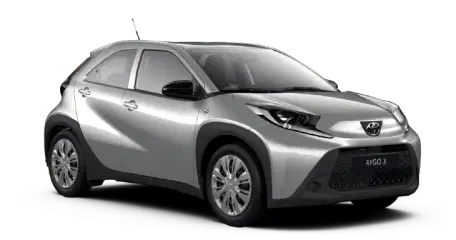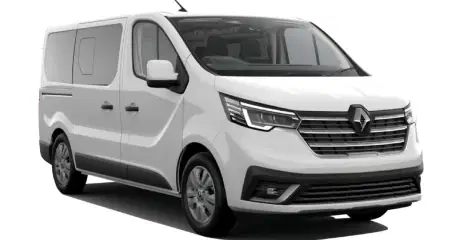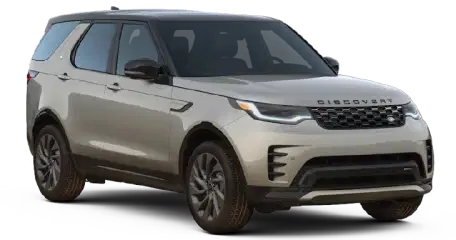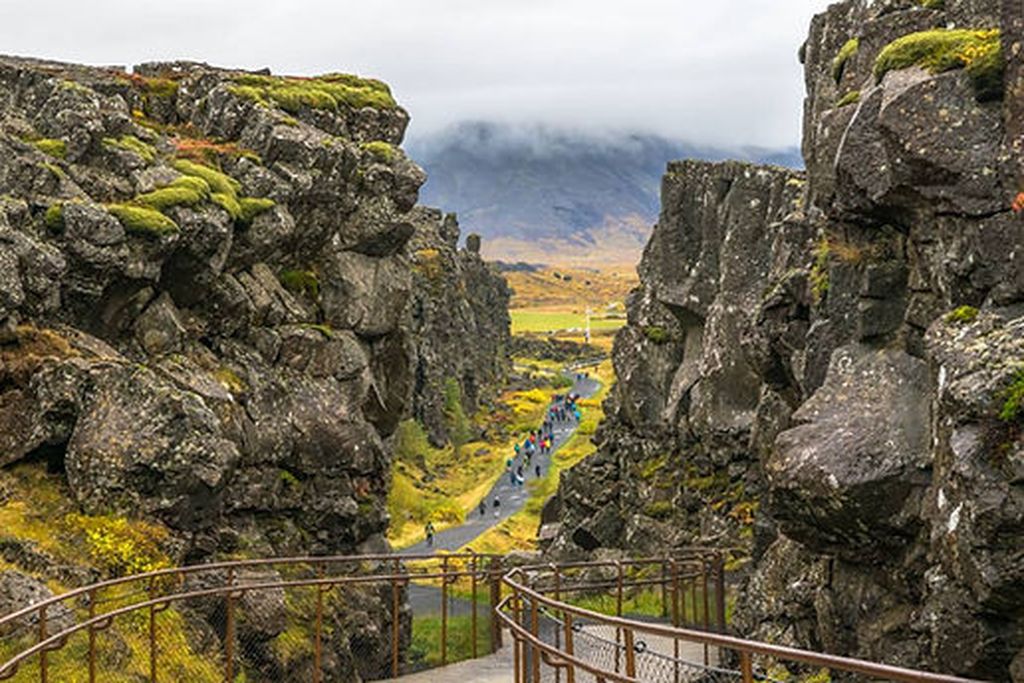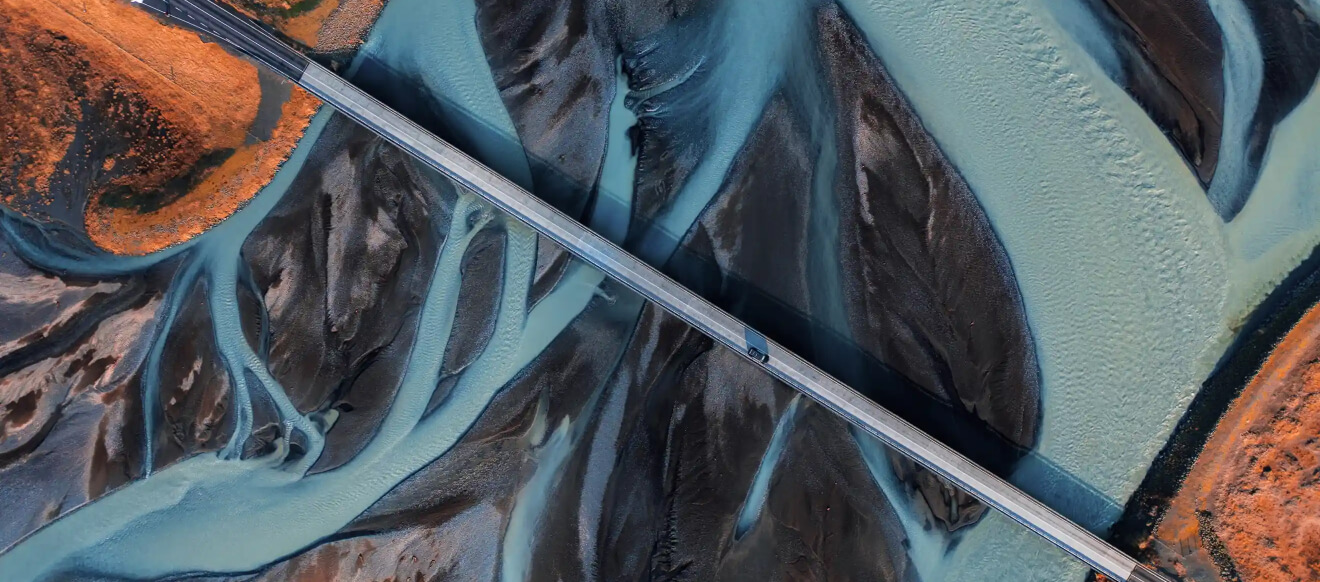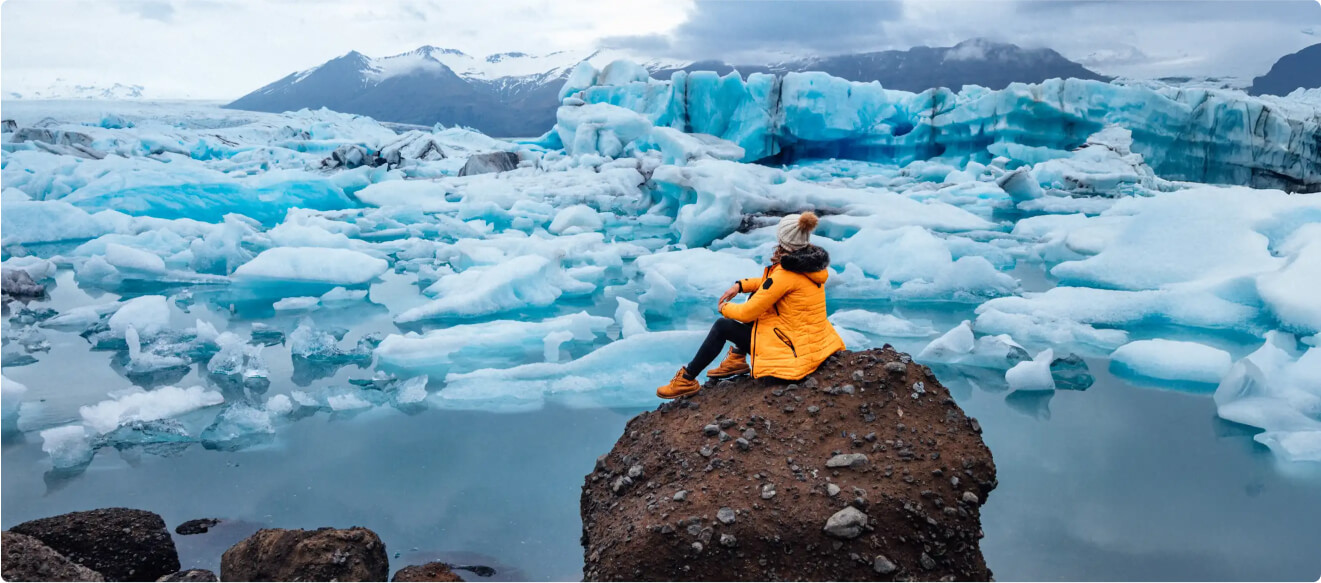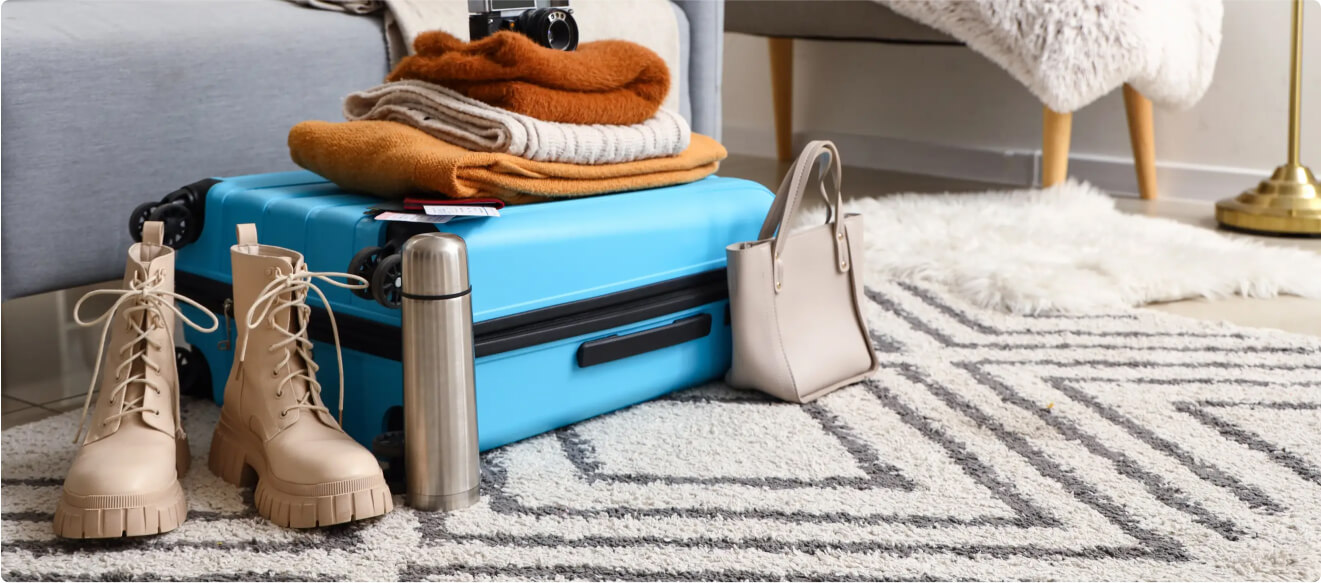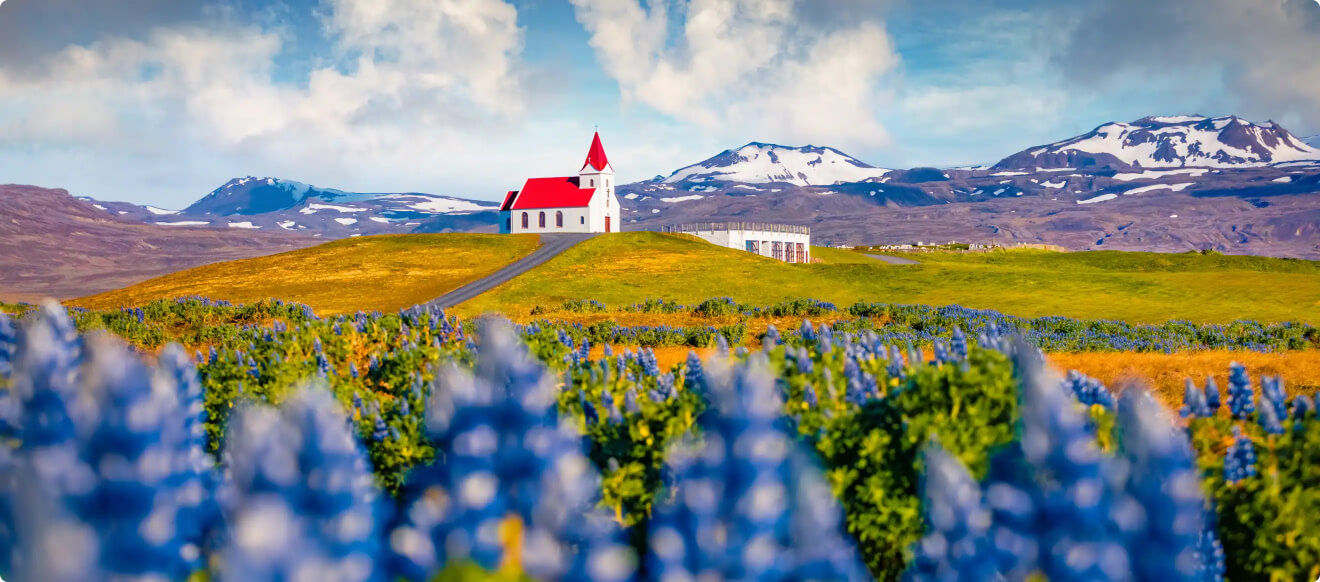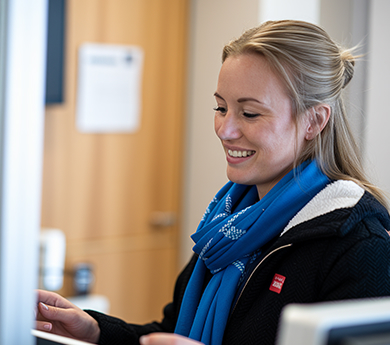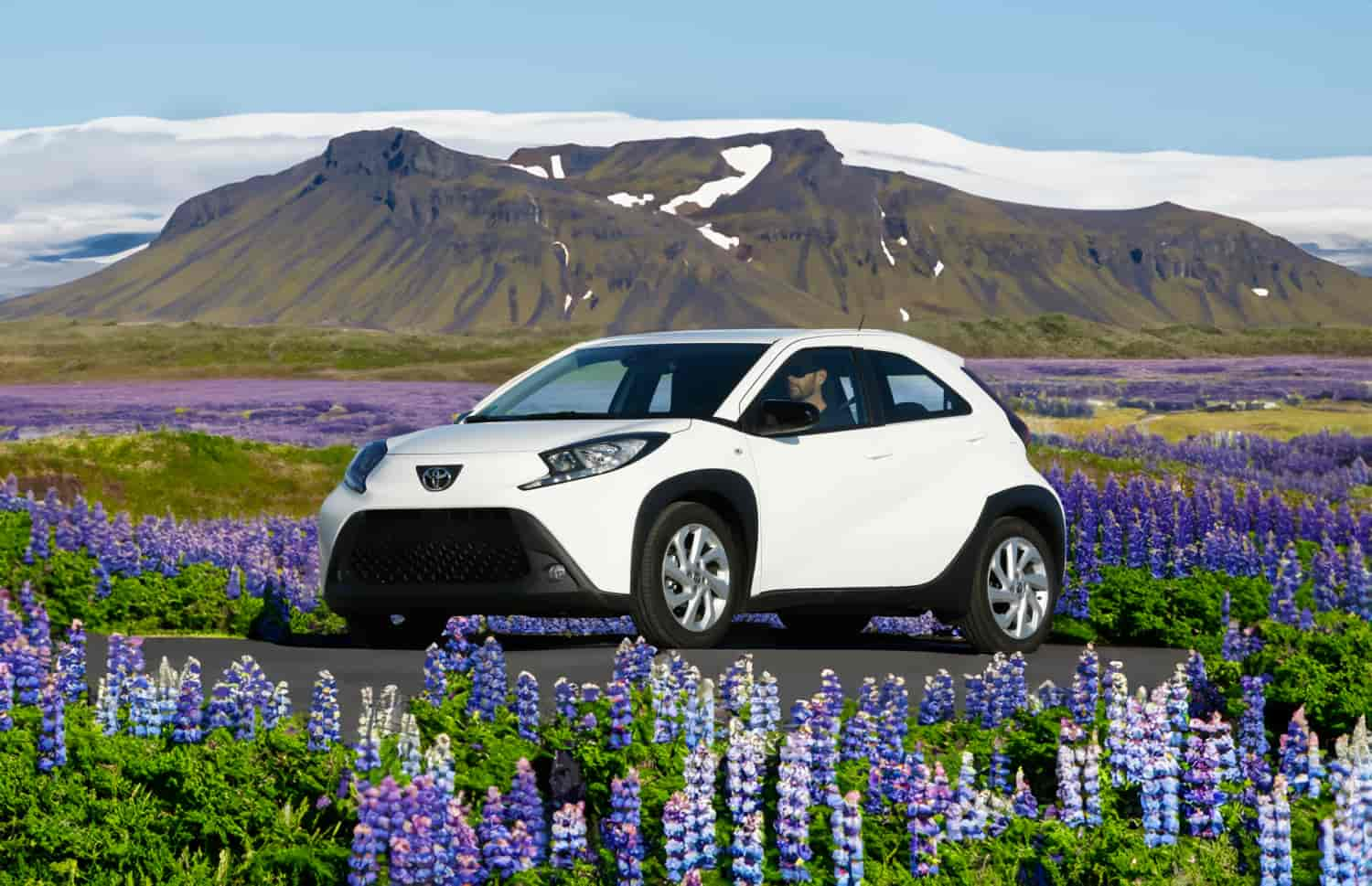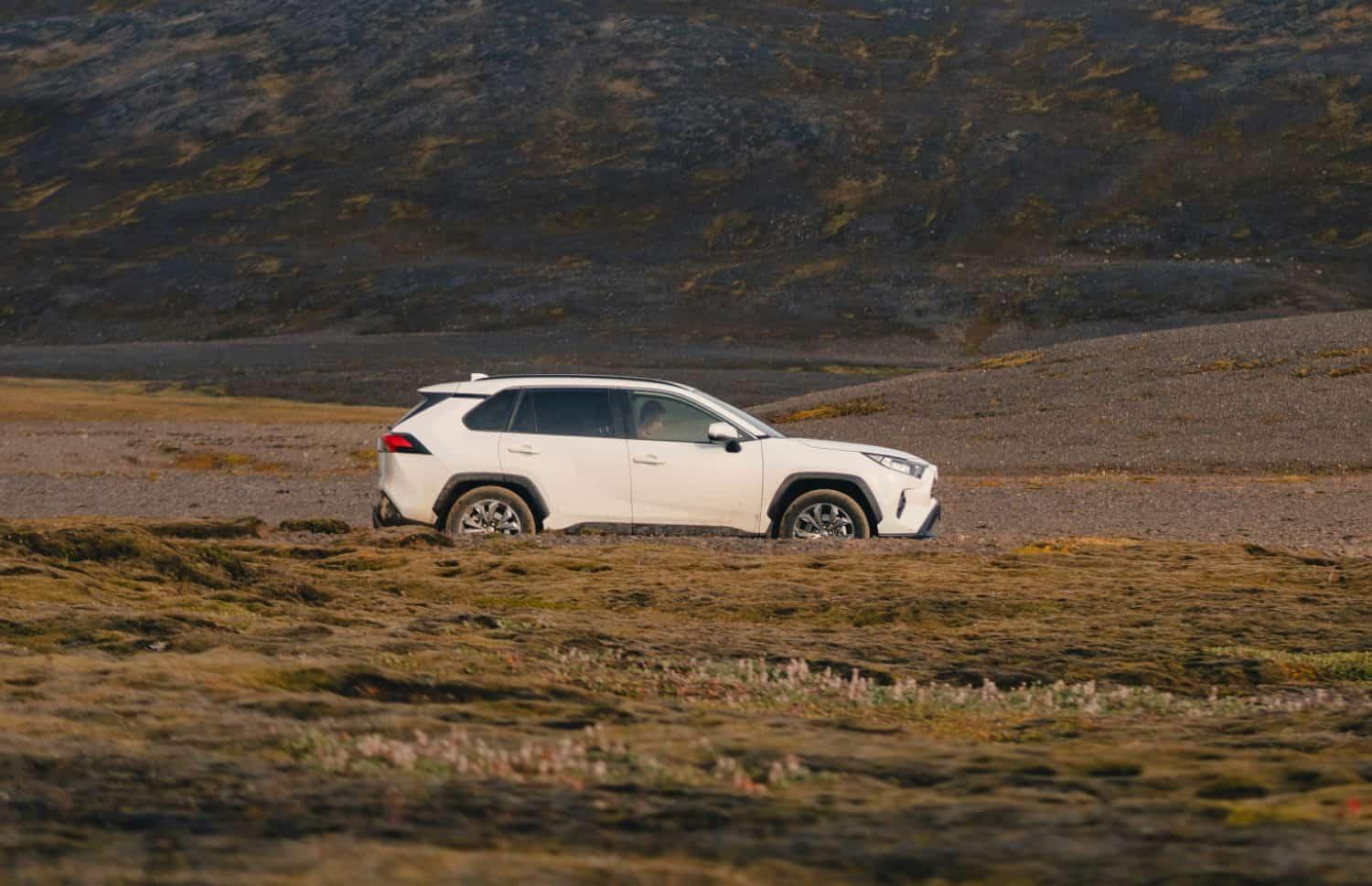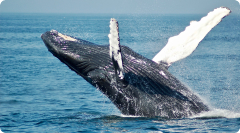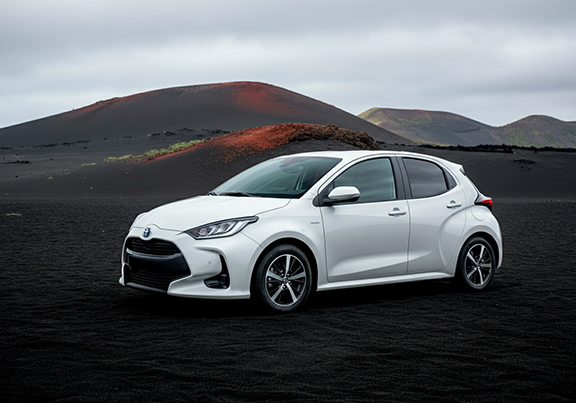The Iceland tectonic plates bring forth forces of nature that are astounding to witness in person. These massive plates have been shaping this land for millions of years and are still active today. In Iceland, you can experience the unique sensation of seeing, touching, and even swimming in the divide between two tectonic plates.
Iceland is known as the “Land of Fire and Ice” due to its blend of vast ice formations and volcanic activity. But why does such a cold place have so many eruptions? The answer lies in the Iceland tectonic plates, which this article will explore to give you a comprehensive understanding of this remarkable land.
What are Tectonic Plates and What do They Do?
The simplest explanation is to imagine tectonic plates as rafts floating on top of the Earth’s magma. On these “rafts,” the continents drift along in an ongoing, global journey.
The boundaries of these “rafts” are where different interactions occur: some plates drift apart, others collide, and some slide against each other. Regardless of the type of interaction, tectonic plates are, on average, 125 kilometers thick, which underscores the magnitude of the forces involved when they interact.

What Kind of Plate Boundary Runs Across Iceland?
Iceland is shaped by three tectonic plates: the North American, Eurasian, and the smaller Hreppafleki. A mantle plume here produces double the volcanic material of the Mid-Atlantic Ridge, which has been crucial in Iceland's formation.
If you’re asked, “What two plates meet in Iceland?” you can answer, “None—they’re moving away from each other!” And for the question, “What plate is Iceland on?” the answer is, “Both!”
More specifically, Iceland’s plate boundary is a divergent boundary, meaning the tectonic plates are diverging and creating a rift that allows magma to surface and form the ridge.
How are Iceland’s Volcanoes Related to Plate Tectonics?
To understand Iceland’s volcanoes, we need to go back 60 million years when the tectonic plates started to drift apart, forming a ridge above water. This ridge served as a conduit for magma, which over millions of years created landmass, eventually forming Iceland.
This process continues as the tectonic plates drift apart, allowing magma to reach the surface and create active volcanoes. Iceland has roughly 30 active volcanoes, many near the capital, Reykjavik, with some offering hiking trails.
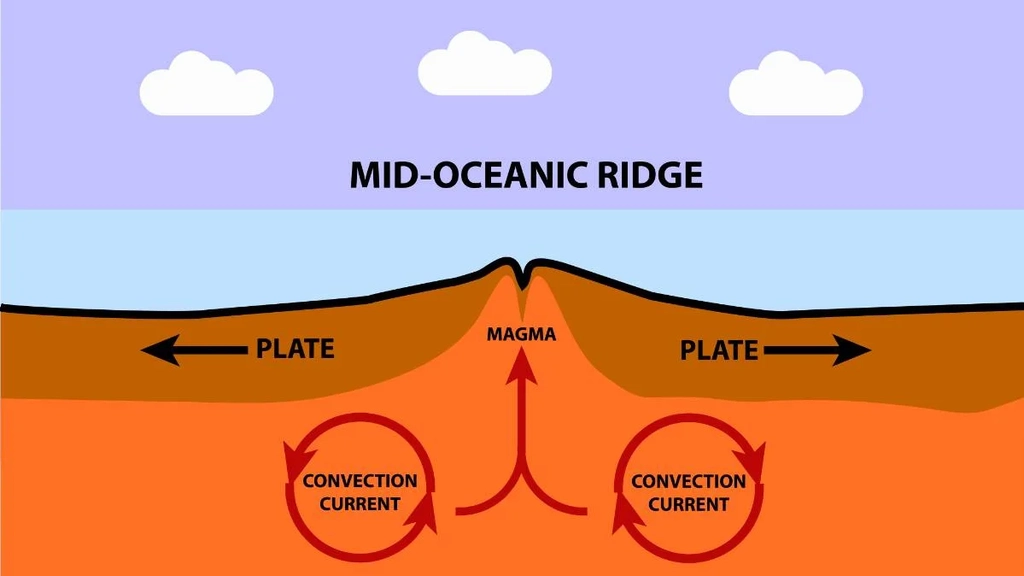
How are People in Iceland Affected by Tectonic Plates?
Earthquakes and volcanic eruptions are the primary effects of tectonic activity in Iceland. Occasionally, tectonic activity can alter water flows on the island, requiring adjustments from the locals. Most people do not live in the most geologically active areas, but major eruptions or earthquakes can disrupt daily life.
Tourism and Tectonic Plate Activity
This geological activity makes Iceland a major tourist attraction. The Mid-Atlantic Ridge is visible on land at Þingvellir National Park, where visitors can witness tectonic plates moving apart.
The Þingvellir tectonic plates form the rift valley known as Silfra. This spot allows visitors to see and even touch the tectonic plates, with crystal-clear waters perfect for snorkeling and diving tours.

Let the Adventure Begin
Iceland offers a unique place to experience tectonic plate activity up close. Rent a vehicle and explore Iceland to see everything from warm springs to grand continental rifts. Follow the rift between the tectonic plates by traveling north from Reykjavik through the Golden Circle, where you can see lava fields, ongoing eruptions, and stunning Icelandic landscapes!
If you want to trace the Iceland tectonic plate divide, continue along Ring Road 1 to discover lava fields, eruptions, and Iceland’s breathtaking nature.





